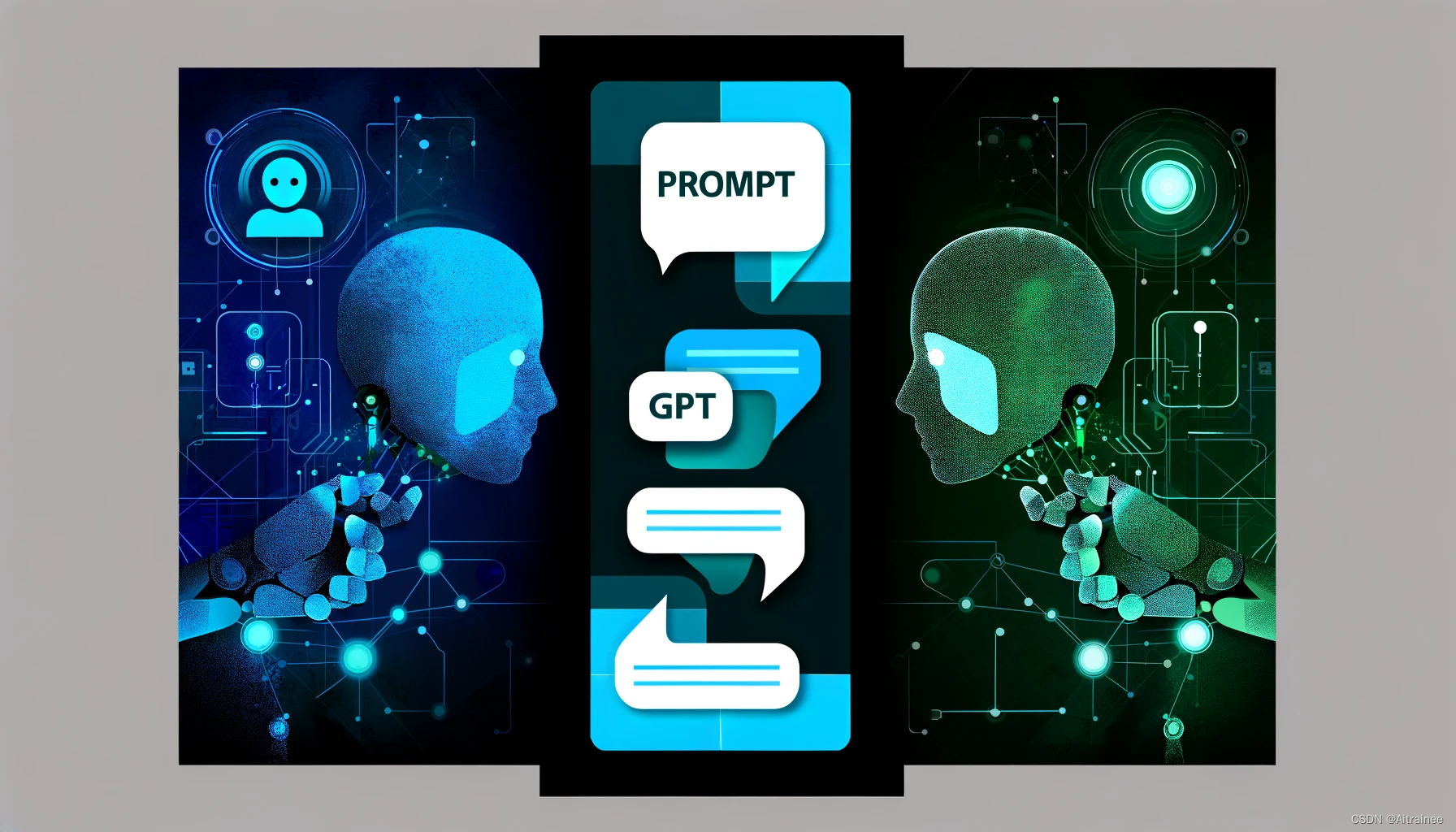
在我们开始探索人工智能的世界时,了解如何与之有效沉浸交流是至关重要的。想象一下,你手中有一把钥匙,可以解锁与OpenAI的GPT模型沟通的无限可能。这把钥匙就是——正确的提示词(prompts)。无论你是AI领域的新手,还是希望优化与大型语言模型交流的老手,掌握如何精确使用提示词,将直接影响你从这项技术中获得的价值。
优化交流的秘诀:Prompts提示原则
要与GPTs等大型语言模型有效交流,关键在于使用精心设计的提示词。提示词不仅是命令,它们是与AI对话的起点,能够引导对话的方向和深度。正确的提示词能够显著提升获取信息的准确性和效率,无论是提出问题、生成文本,还是执行复杂的任务。通过实践和探索,我们可以发现一系列优化交流的技巧,让AI更好地理解我们的意图,并提供我们所需的答案。
| English | Chinese |
|---|---|
| Prompt Principle for Instructions: | 指令提示原则: |
| 1. If you prefer more concise answers, there is no need to be polite with LLM. So, phrases like “please,” “if you don’t mind,” “thank you,” and “I would like to” are unnecessary. Get straight to the point. | 1. 如果你更喜欢简洁的回答,就不需要对LLM客气,因此,不需要添加“请”、“如果你不介意”、“谢谢”、“我想要”等短语,直奔主题。 |
| 2. Integrate the intended audience in the prompt, e.g., the audience is an expert in the field. | 2. 在提示中整合预期的听众,例如,听众是该领域的专家。 |
| 3. Break down complex tasks into a sequence of simpler prompts in an interactive conversation. | 3. 将复杂任务分解成一系列更简单的提示,在互动对话中进行。 |
| 4. Use affirmative directives such as ‘do,’ while avoiding negative language like ‘don’t’. | 4. 使用肯定的指令,如“做”,避免使用否定语言,如“不要”。 |
| 5. When you need clarity or a deeper understanding of a topic, idea, or any piece of information, utilize prompts like: | 5. 当你需要明确或更深入地理解某个话题、想法或任何信息时,可以使用如下提示: |
| - Explain [specific topic] in simple terms. | - 用简单的术语解释[具体话题]。 |
| - Explain to me like I’m 11 years old. | - 像对11岁的孩子解释给我听。 |
| - Explain to me as if I’m a beginner in [field]. | - 像我是[领域]初学者一样解释给我听。 |
| - Write the [essay/text/paragraph] using simple English, as if you’re explaining something to a 5-year-old. | - 使用简单的英语写[文章/文本/段落],就像你在向一个5岁的孩子解释某事一样。 |
| 6. Mention, “I’m going to tip $xxx for a better solution!” to encourage quality responses. | 6. 提到,“我将为更好的解决方案支付$xxx小费!”以鼓励高质量的回应。 |
| 7. Implement example-driven prompting (Use few-shot prompting). | 7. 实施示例驱动的提示(使用少数示例提示)。 |
| 8. When formatting your prompt, start with ‘###Instruction###’, followed by either ‘###Example###’ or ‘###Question###’ if relevant. Then, present your content. Use line breaks to separate instructions, examples, questions, context, and input data. | 8. 在格式化你的提示时,以“###指令###”开始,如果相关,则接着是“###示例###”或“###问题###”。然后,呈现你的内容。使用换行符分隔指令、示例、问题、上下文和输入数据。 |
| 9. Incorporate phrases like “Your task is” and “You MUST”. | 9. 加入“你的任务是”和“你必须”的短语。 |
| 10. Use “You will be penalized” to emphasize importance or requirements. | 10. 使用“你将受到惩罚”来强调重要性或要求。 |
| 11. Use the phrase “Answer a question in a natural, human-like manner” in your prompts. | 11. 在你的提示中使用“以自然、类人的方式回答问题”的短语。 |
| 12. Guide with leading words like “think step by step.” | 12. 使用“一步一步思考”这样的引导词。 |
结尾
随着人工智能技术的快速发展,学会与之高效交流变得尤为重要。通过使用合适的提示词,我们不仅能够提升与AI的交互质量,还能更深入地挖掘这些先进工具的潜力。记住,每次与AI的互动都是一次学习的机会,不断实验和调整,你将发现更多的可能性。随着我们的技能提升,我们能够更加自信地探索人工智能的边界,解锁新的创造力和效率。最重要的是,不要害怕试错。每次与AI的对话都是一个学习的机会。随着时间的推移,你会发现自己越来越擅长这种交流方式。

切记:长期实践调试经验、遇到具体场景思考提示词解决方案、学习别人优秀范例。
ChatGPT调教指南 | 咒语指南 | Prompts提示词教程(二)

)
:使用 lstms 对视频展现进行无监督学习)
)


![[TCP] TCP/IP 基础知识词典(2)](http://pic.xiahunao.cn/[TCP] TCP/IP 基础知识词典(2))












